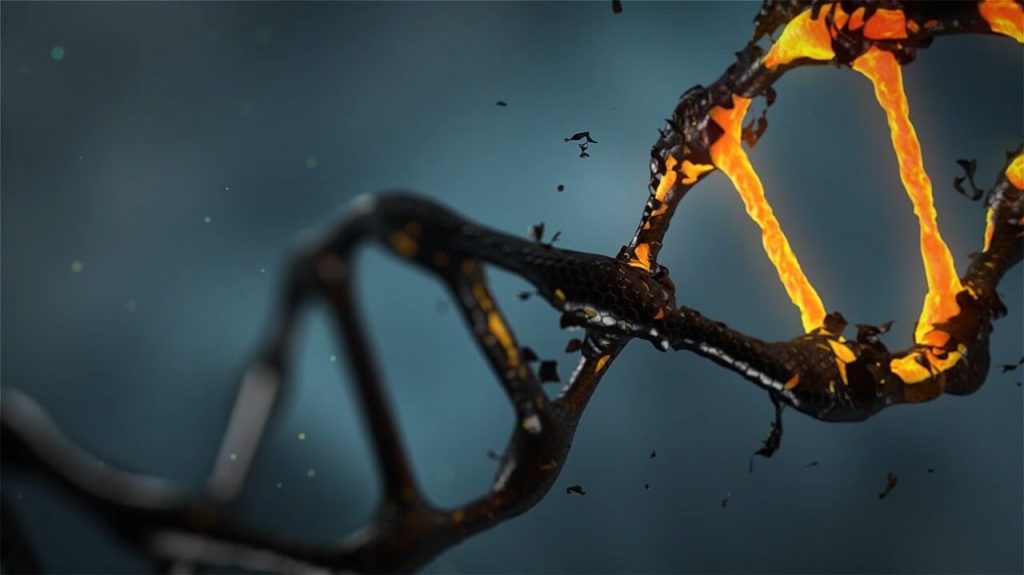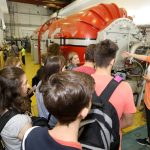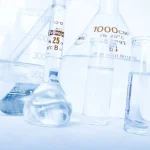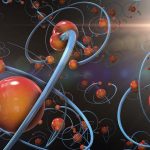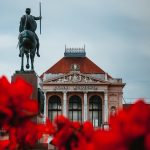Science explores our present reality, but also the past. With many knowledge or credible theories on evolution, the very basic questions such as „how life came to form“, remain unclear. But why?
„Given that condensation (the process of water vapor turning back into liquid) of free amino acids is thermodynamically unfavoruable process in the water medium, it is a great mystery how it came to the formation of peptides before life on earth“, states the Ruđer Bošković Institute (IRB) press release.
It’s worth noting that the thermodynamically unfavourabale process means the process is irreversible, which means it can’t be reconstructed, and that’s why scientists can see the formation of peptides, chains that connect amino acids that are crucial for life.
So, meet prebiotic chemistry – a study of chemistry dedicated to address and discover how organic compounds formed and self-organized for the origin of life, but so far without consensus.
But, progress is made once again thanks to the always active IRB. IRB’s chemist team (José G. Hernández, dr Krunoslav Užarević, and Ph.D. student Tomislav Stolar,), in collaboration with colleagues from the pharmaceutical company Xellia (dr. sc. Ernest Meštrović, mag. chem. Saša Grubešić and dr. Nikolaom Cindro from the chemical department at the Faculty of Science (PMF), University of Zagreb), showed that with mechanochemical activation in a solid-state, the amino acids (organic compounds that combine to form proteins, with both being considered „the building blocks of life“) – such as glycine or alanine form peptides on mineral surfaces.
This supports the theory that life molecules could’ve been formed on Earth’s mineral surfaces. The paper titled „Mechanochemical Prebiotic Peptide Bond Formation“, published in the prestigious Angewandte Chemie scientific journal published on behalf of the German Chemical Society presents these findings in greater detail.
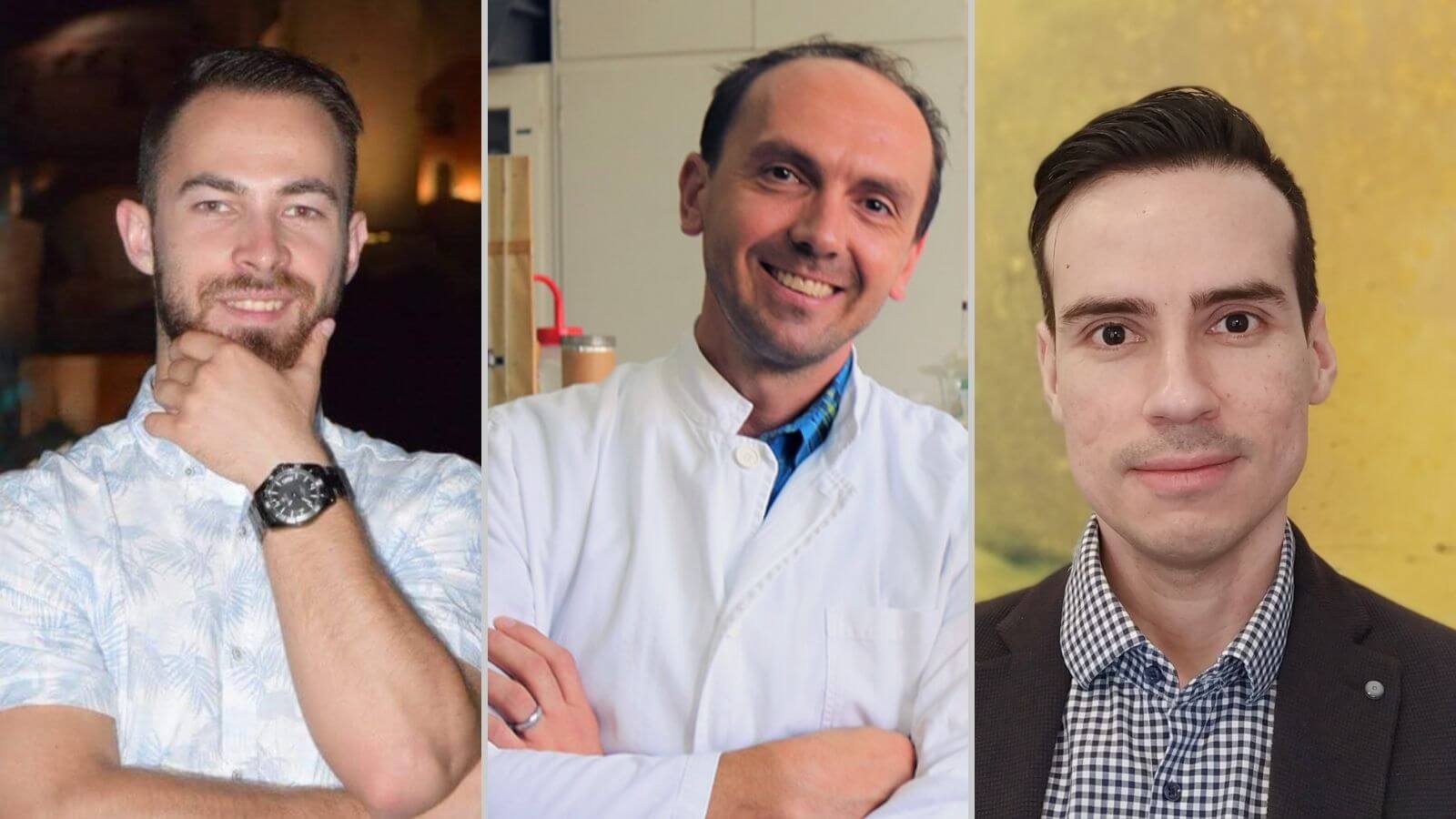
Stolar, Užarević and Hernandez © Ruđer Bošković Institute
„In this research, we showed that mechanochemical activation of free glycin ground with ball mill allows the new oligomers (molecules made of few similar or identical repeating units) by adding minerals that are basic components of earth surface and meteorites. With the identification of organic and inorganic molecules present in the Solar system, it’s important in laboratory conditions to develop suitable processes that would explain the presence of these molecules. Such fundamental knowledge can then be applied in modern synthetical chemistry“, said a member of the IRB chemist team Tomislav Stolar. Stolar also participated in developing a new material known as CuZn-MOF-74 on which TCN previously wrote about.
The research was financed by the Croatian Science Foundation (HRZZ), and the next step is to apply this knowledge to synthesize new chemicals, which was one of the purposes of the research described by HRZZ.
IRB adds that the fact that various geological processes change the earth’s surface, there is no historic evidence that could definitely answer how life on Earth was formed. It is believed that the first simple molecules triggered complex molecules to form in a process called chemical evolution and from that, life further continued to develop. Liquids, solid surfaces, or the phases between the two could’ve been potential conditions for these reactions, and mechanical energy sources were most likely found in meteor strikes, erosion, earthquakes, and more while thermal energy was most likely supplied by geothermal sources.
Learn more about Croatian inventions & discoveries: from Tesla to Rimac on our TC page.
For more about science in Croatia, follow TCN’s dedicated page.

